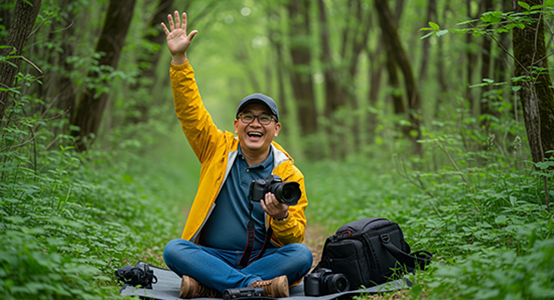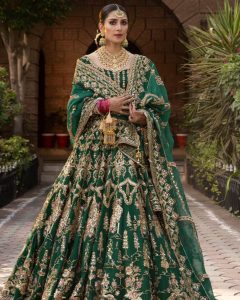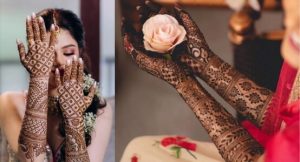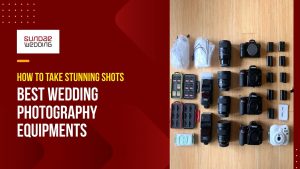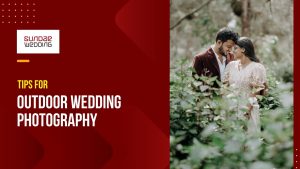Introduction
When it comes to great photography, composition is key. One powerful but lesser-known concept is the 20-60-20 rule in photography. This rule helps photographers create images that feel balanced, focused, and visually appealing. Whether you’re shooting portraits, landscapes, or lifestyle content, understanding how to use this rule can instantly improve your framing and storytelling.
Understanding the 20-60-20 Rule
The 20-60-20 rule is a simple composition technique that divides your photo into three visual sections: 20% – 60% – 20%. The idea is to dedicate:
- 20% to background or supporting elements on the left,
- 60% to the main subject or focal point in the center,
- 20% to balance or background elements on the right.
This proportion ensures that your image has a clear subject (in the middle) while maintaining balance and depth with context on either side.
Why Use This Rule?
Using the 20-60-20 layout helps the viewer’s eye naturally flow across the photo—from side to center to side—without distractions. The rule emphasizes your main subject while still including enough context to support the story. It works especially well for portraits, street photography, and product shots where background and balance matter just as much as the subject.
How It Differs from the Rule of Thirds
The rule of thirds divides the frame into equal thirds (33%-33%-33%), focusing on placing subjects on grid intersections for tension and movement. In contrast, the 20-60-20 rule places stronger visual weight in the center (60%) while using the sides (20% each) for support and balance. It gives a more centralized and storytelling-focused composition, perfect for photos where the subject needs to dominate the frame.
Practical Example
Imagine you’re photographing a person sitting on a bench. You place them in the middle 60% of the frame. On the left 20%, there’s a blurry tree. On the right 20%, there’s soft golden sunlight or a background detail. This setup gives your subject room to breathe and keeps the image from feeling empty or crowded. It looks balanced and leads the viewer’s attention exactly where you want it.
When and Where to Use It
This rule is best used when:
- You want to highlight one clear subject.
- You have background or environmental elements that support your story.
- You need visual balance between subject and setting.
It’s ideal for editorial, wedding, fashion, and social media photography, especially when clean, center-heavy visuals are desired.
Conclusion
The 20-60-20 rule in photography is a smart and effective way to create balanced, professional-looking photos. By placing your subject in the central 60% of the frame and using the remaining 20% on each side for supporting elements, your photos become more engaging and structured. Start experimenting with this rule in your next shoot—it’s simple, versatile, and a great addition to your photography toolkit.

